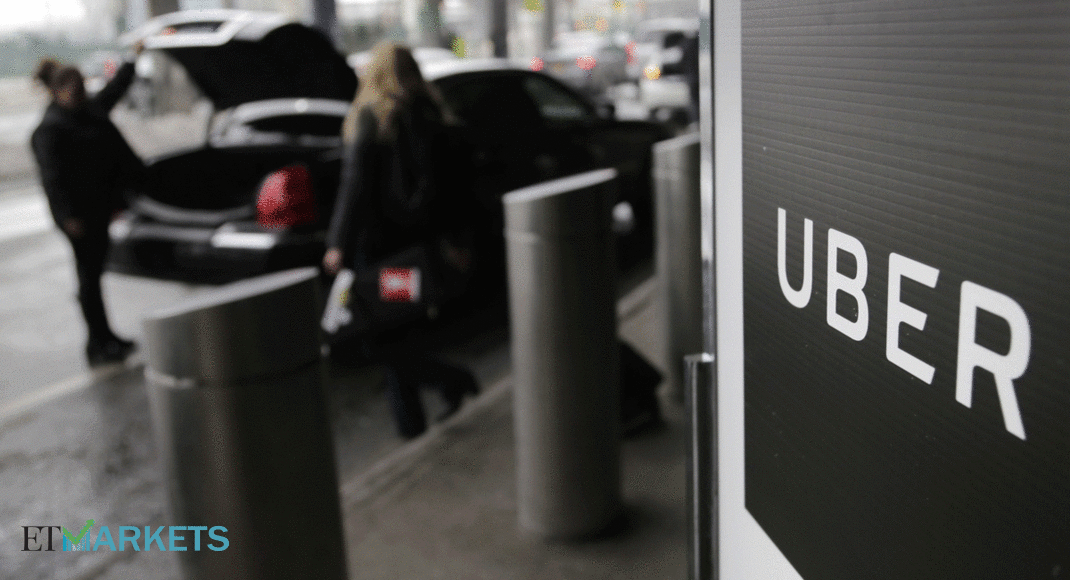The San Francisco-based cabhailing app also said it has been making significant investments in incentives and promotions to help drive growth in India, a key market for the firm where local competitors such as Ola, food-delivery startups like Swiggy and Zomato are well-capitalised and have local operating expertise.
This comes in the backdrop of Swiggy and Uber Eats calling off merger talks after months of negotiations due to differences on financial terms and taxation clauses, ET reported earlier. India, where Uber launched operations in 2013, was mentioned 24 times in the S-1 filing with the US Securities and Exchange Commission.
USE OF CASH RISKY
Uber said the contribution of cash-paid trips may increase in the future but flagged regulatory, operational and safety concerns related to the payment method.
“Use of cash could increase the security risks for drivers and riders, including potential robbery, assault, violent or fatal attacks, and other criminal acts,” Uber said. “In certain jurisdictions such as Brazil, serious safety incidents resulting in robberies and violent, fatal attacks on drivers while using our platform have been reported.”
Using cash for payments has also made the process of collecting service fees from drivers complicated and has led to partial payments, which may continue, Uber noted.
While Uber has often said that India is a high-growth market, the prospectus also pointed out that the country is among the few where average revenue per bookings is low, apart from facing stiff competition and regulation.

“Greater competition in markets like India and the United States along with the onboarding of large-volume restaurants at a lower service fee has also resulted in the decline of Uber Eats’ take rate to 10 per cent in 2018 from 12 per cent in 2017,” the company said. It added that India is one of the markets where it may encounter “issues of predatory pricing, price-fixing, and abuse of market power.”
Uber also flagged a risk related to the increasing dissatisfaction among drivers due to reducing incentives and its autonomous vehicle strategy. The company disclosed in its S-1 filing that it currently has 30 million cars on its platform in India, of a total 850 million across the world.
Overall, Uber generated revenue of $11.3 billion in 2018, of which $9.2 billion came from its ride-sharing services, $757 million from food delivery service Uber Eats and $125 million from Uber Freight. The company had an operating loss of $3 billion for the year, down from $4.1 billion in 2017. Uber is to begin trading from early May on the New York Stock Exchange.

